Vapor Barrier on cellar dirt floor
fredwe
11 years ago
Featured Answer
Comments (13)
akamainegrower
11 years agolast modified: 9 years agoRelated Professionals
Clarksburg Kitchen & Bathroom Designers · East Peoria Kitchen & Bathroom Designers · Gainesville Kitchen & Bathroom Designers · Northbrook Kitchen & Bathroom Designers · Southampton Kitchen & Bathroom Designers · Eagle Mountain Kitchen & Bathroom Remodelers · Feasterville Trevose Kitchen & Bathroom Remodelers · Avondale Kitchen & Bathroom Remodelers · Elk Grove Kitchen & Bathroom Remodelers · Fairland Kitchen & Bathroom Remodelers · Idaho Falls Kitchen & Bathroom Remodelers · Pinellas Park Kitchen & Bathroom Remodelers · Turlock Kitchen & Bathroom Remodelers · Sharonville Kitchen & Bathroom Remodelers · Royal Palm Beach Architects & Building Designersfredwe
11 years agolast modified: 9 years agoakamainegrower
11 years agolast modified: 9 years agoMaine_Mare
11 years agolast modified: 9 years agoakamainegrower
11 years agolast modified: 9 years agofredwe
11 years agolast modified: 9 years agoliriodendron
11 years agolast modified: 9 years agoliriodendron
11 years agolast modified: 9 years agofredwe
11 years agolast modified: 9 years agobrickeyee
11 years agolast modified: 9 years agorenovator8
11 years agolast modified: 9 years agoakamainegrower
11 years agolast modified: 9 years ago
Related Stories
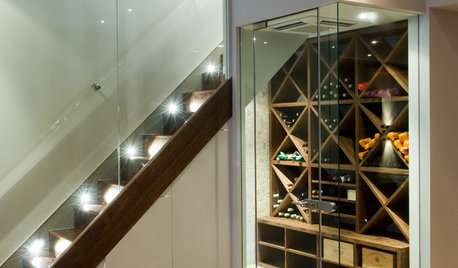
WINE CELLARS7 Steps to Create a Connoisseur's Wine Cellar
Showcase your wine to its best advantage while ensuring proper storage conditions. Snooty attitude optional
Full Story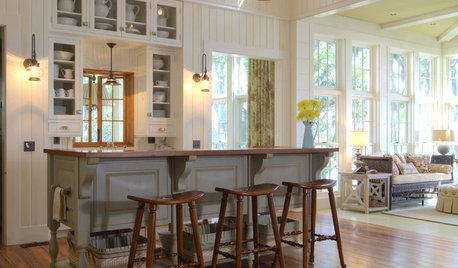
KITCHEN DESIGN9 Flooring Types for a Charming Country Kitchen
For hardiness and a homespun country look, consider these kitchen floor choices beyond brand-new wood
Full Story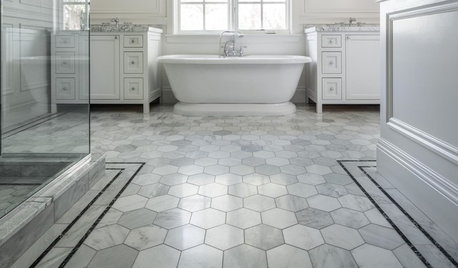
TILEWhy Bathroom Floors Need to Move
Want to prevent popped-up tiles and unsightly cracks? Get a grip on the principles of expansion and contraction
Full Story
GREEN BUILDINGConsidering Concrete Floors? 3 Green-Minded Questions to Ask
Learn what’s in your concrete and about sustainability to make a healthy choice for your home and the earth
Full Story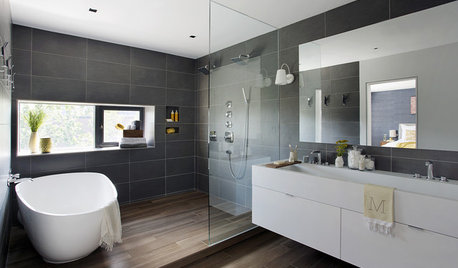
SHOWERSYour Guide to Shower Floor Materials
Discover the pros and cons of marble, travertine, porcelain and more
Full Story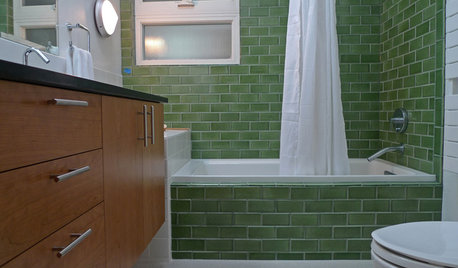
BATHROOM DESIGNBathroom Surfaces: Ceramic Tile Pros and Cons
Learn the facts on this popular material for bathroom walls and floors, including costs and maintenance needs, before you commit
Full Story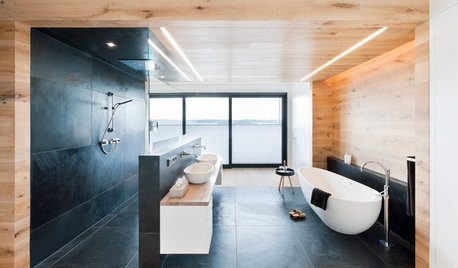
BATHROOM DESIGNDream Spaces: Spa-Worthy Showers to Refresh the Senses
In these fantasy baths, open designs let in natural light and views, and intriguing materials create drama
Full Story
MORE ROOMS5 Basement Renovations Designed for Fun
Get inspired to take your basement to the next level with ideas from these great multipurpose family spaces
Full Story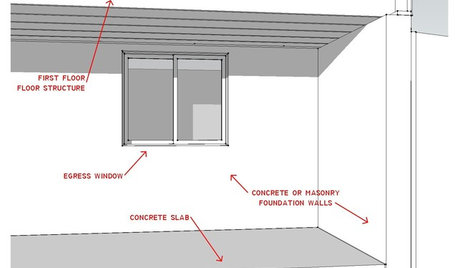
REMODELING GUIDESKnow Your House: The Steps in Finishing a Basement
Learn what it takes to finish a basement before you consider converting it into a playroom, office, guest room or gym
Full StoryMore Discussions











Maine_Mare